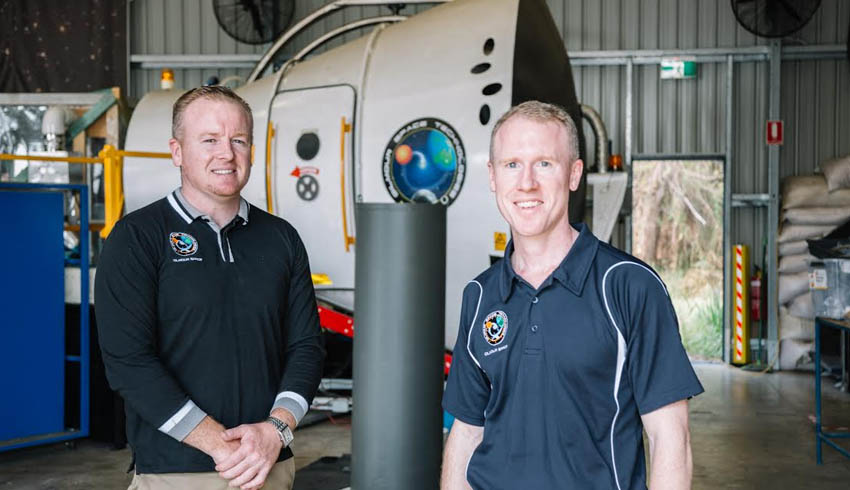The company said 2019 turned out to be an exciting year for Gilmour Space and Australia.
“And we look forward to demonstrating more of our tech in 2020. To be continued,” it said.
Gilmour said with the government aiming to triple space revenues to $12 billion and create 20,000 new jobs by 2030, space is fast becoming a key future industry for Australia.
During the year, the company signed a statement of strategic intent with the Australian Space Agency and launched a collaboration with the University of Southern Queensland.
Gilmour also teamed up with Titomic to explore the use of 3D printing technology for construction of rocket components.
Gilmour Space Technologies chief executive Adam Gilmour was named winner of the 2019 Advance Award in advanced manufacturing. He was also appointed to the Australian Space Agency’s Space Industry Leaders Forum.
However, the long awaited sub-orbital test launch of the One Vision rocket did not proceed as planned. That was halted seconds before launch because of a technical problem.
Gilmour said that did demonstrate the relative safety of hybrid rocket technology and provided important information for development of the Eris orbital rocket.
“Moreover we successfully tested our semi-autonomous mobile launch platform in the 4,000-kilometre journey to/from a remote site in Queensland, a key capability for rapid response tactical launches,” the company said.
“We are finalising the design for our Eris orbital launcher vehicle with a target first commercial launch by 2022. In December our team moved to a new static test site in Queensland.”
Gilmour said last but not least, the company grew its team to 45 strong, moved to a larger facility on the Gold Coast, improved its gender balance, filled its senior team with some amazing talent from around the world and introduced a new brand logo to reflect its global aspirations.

